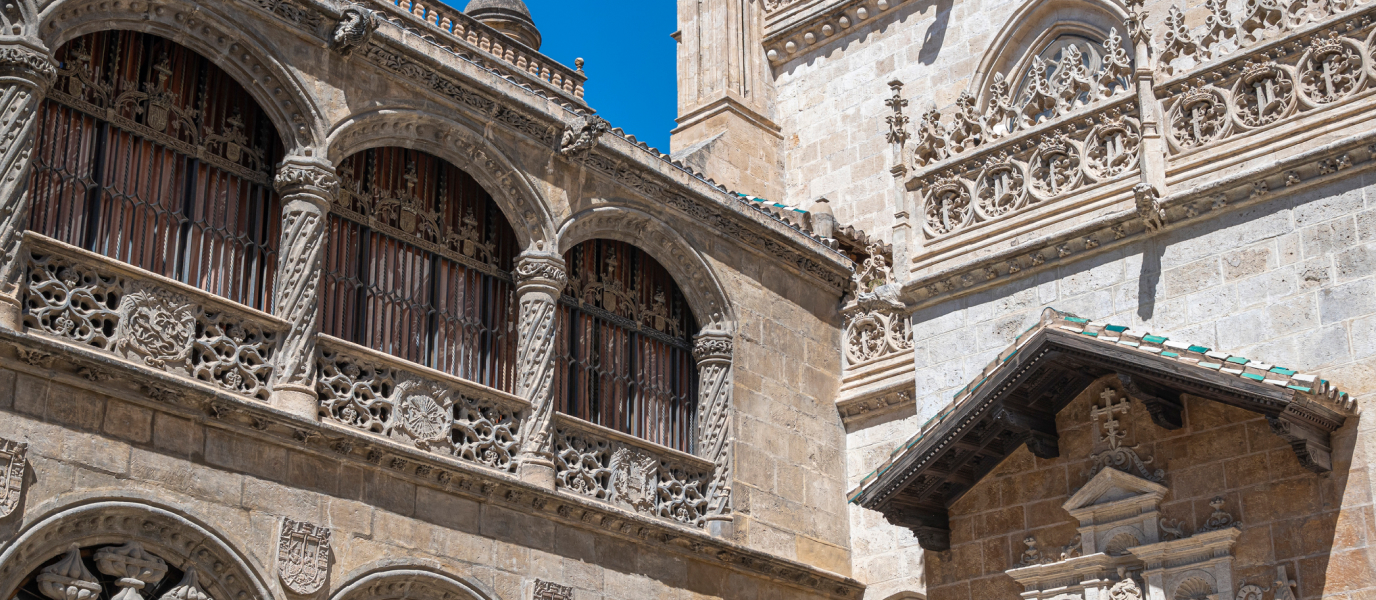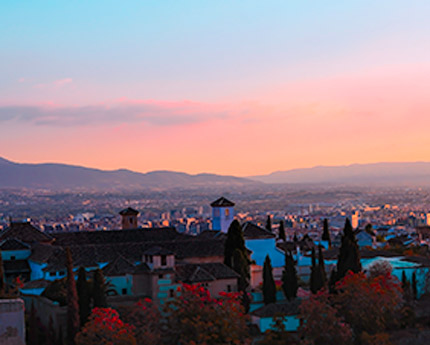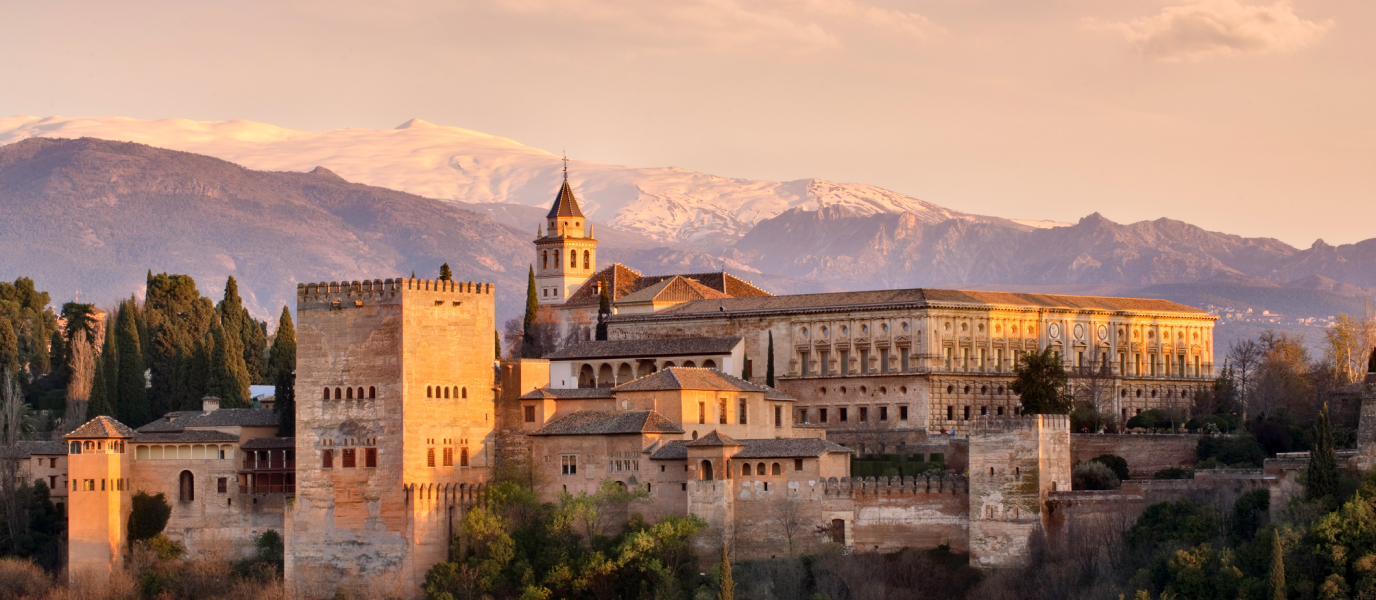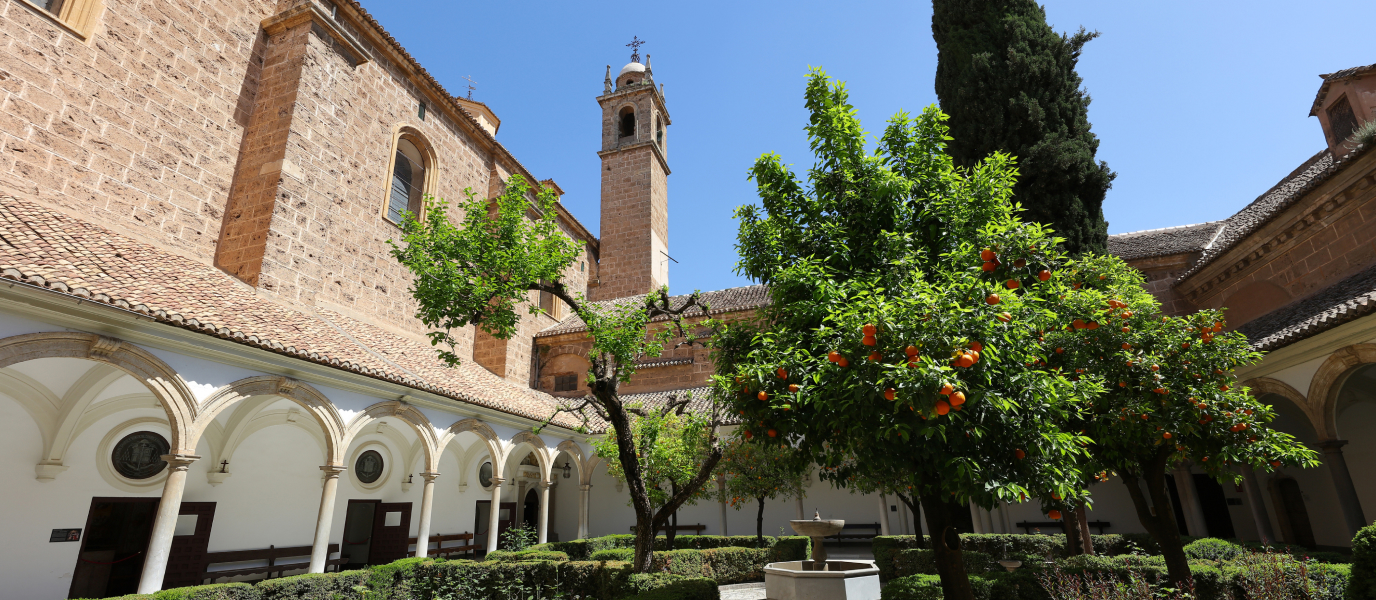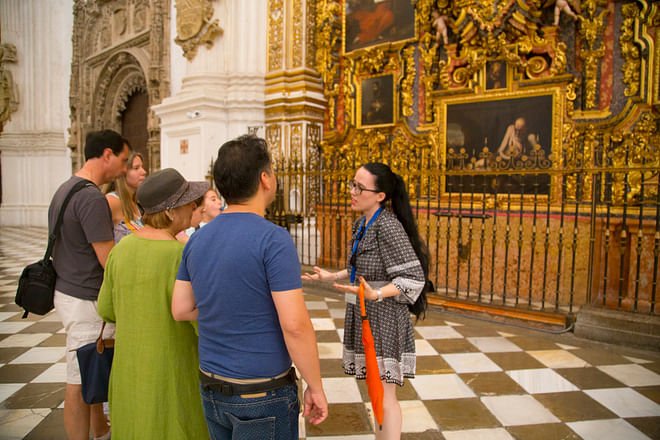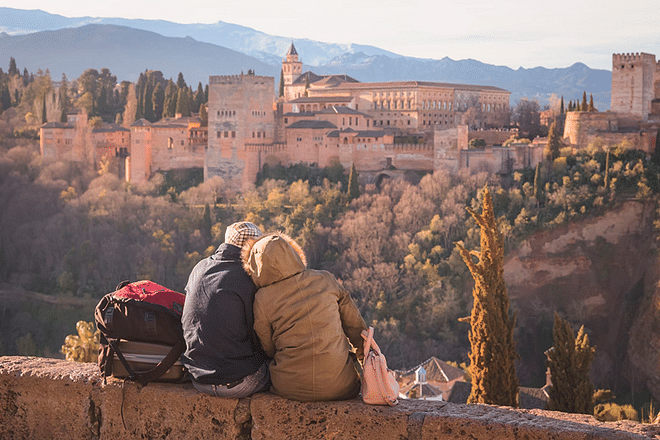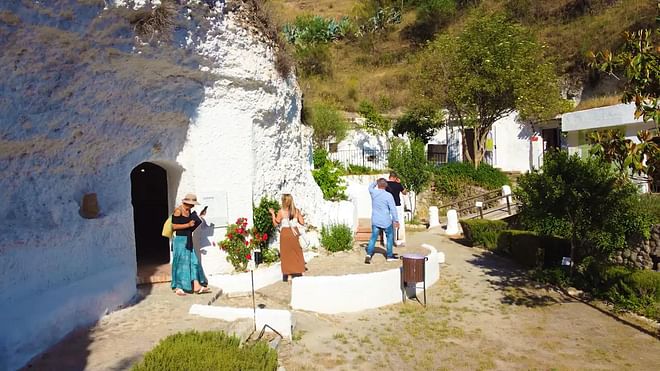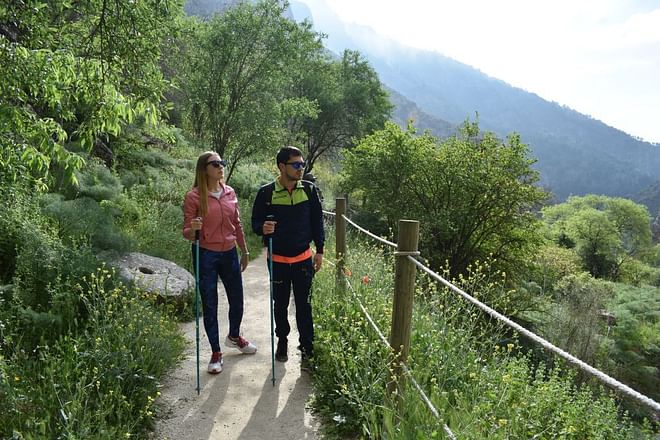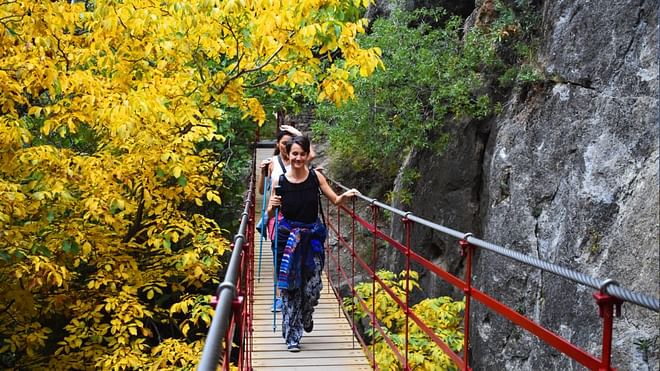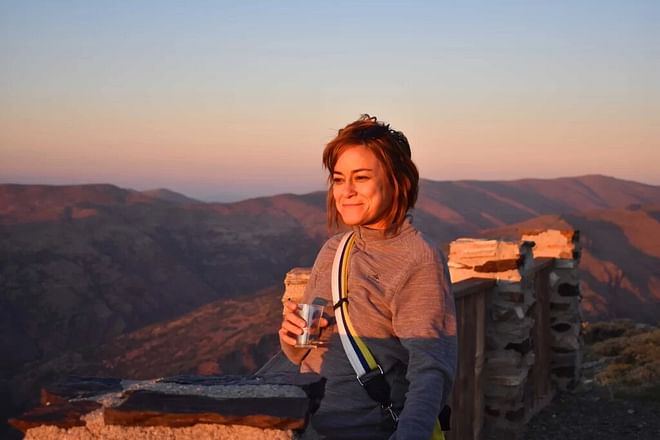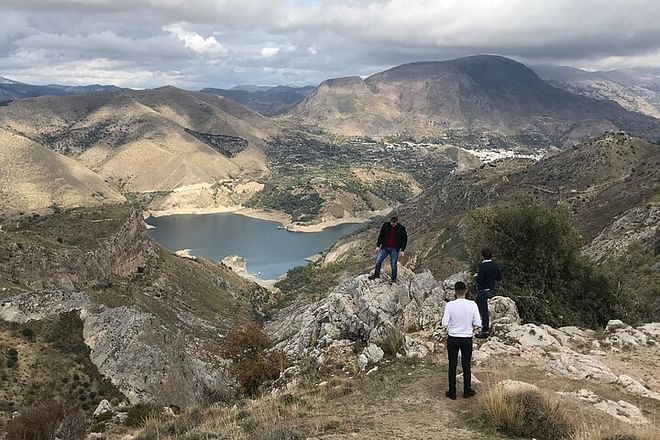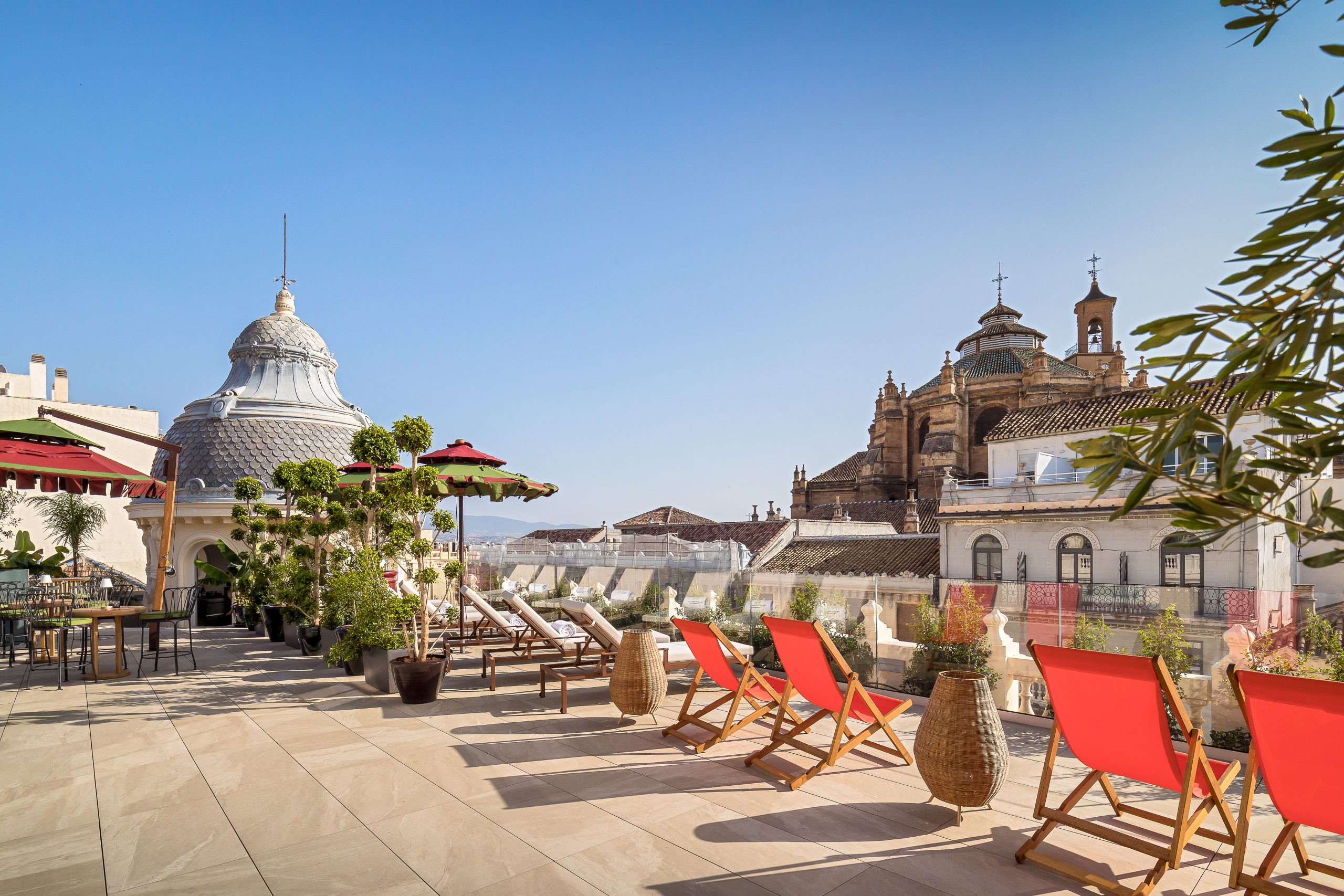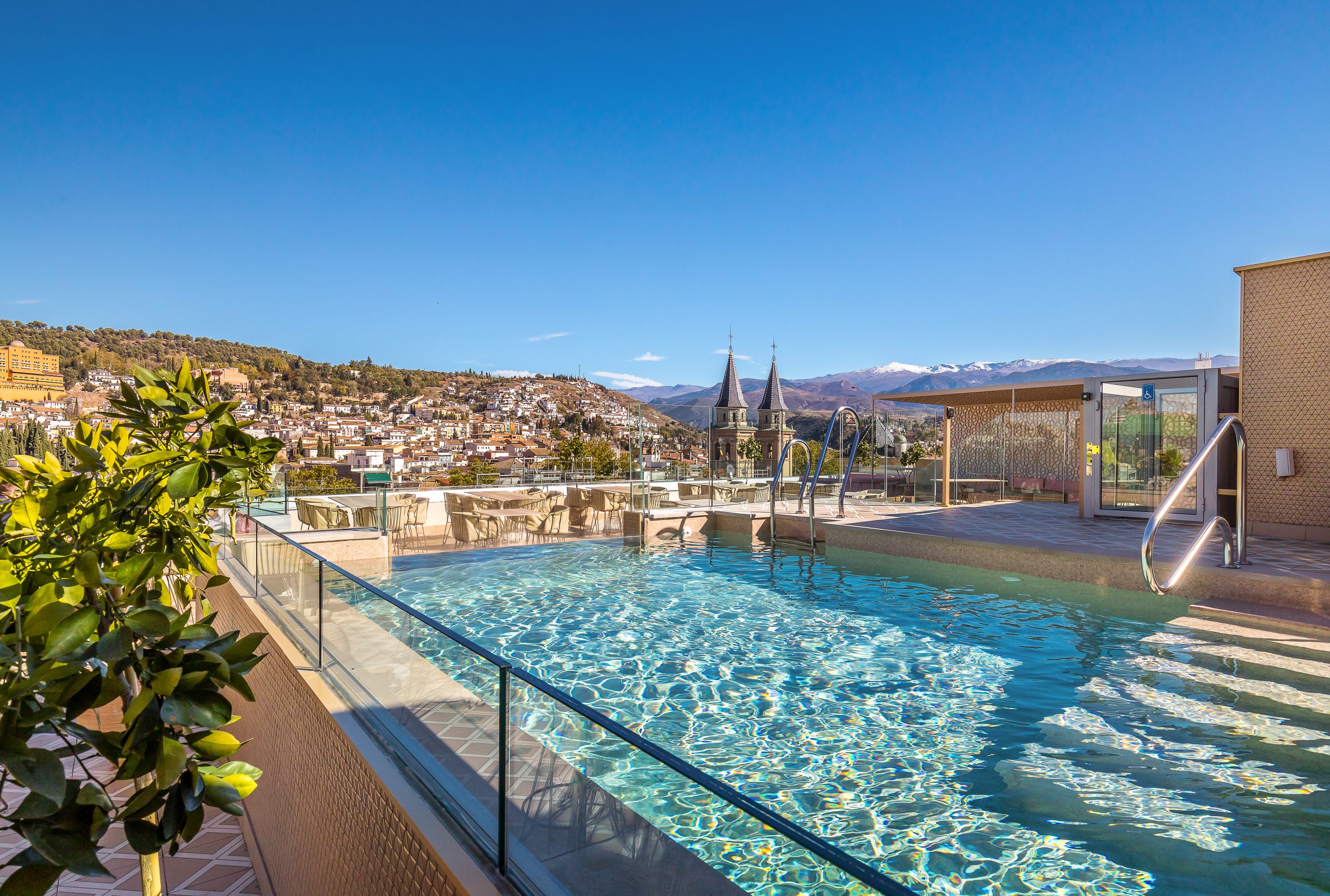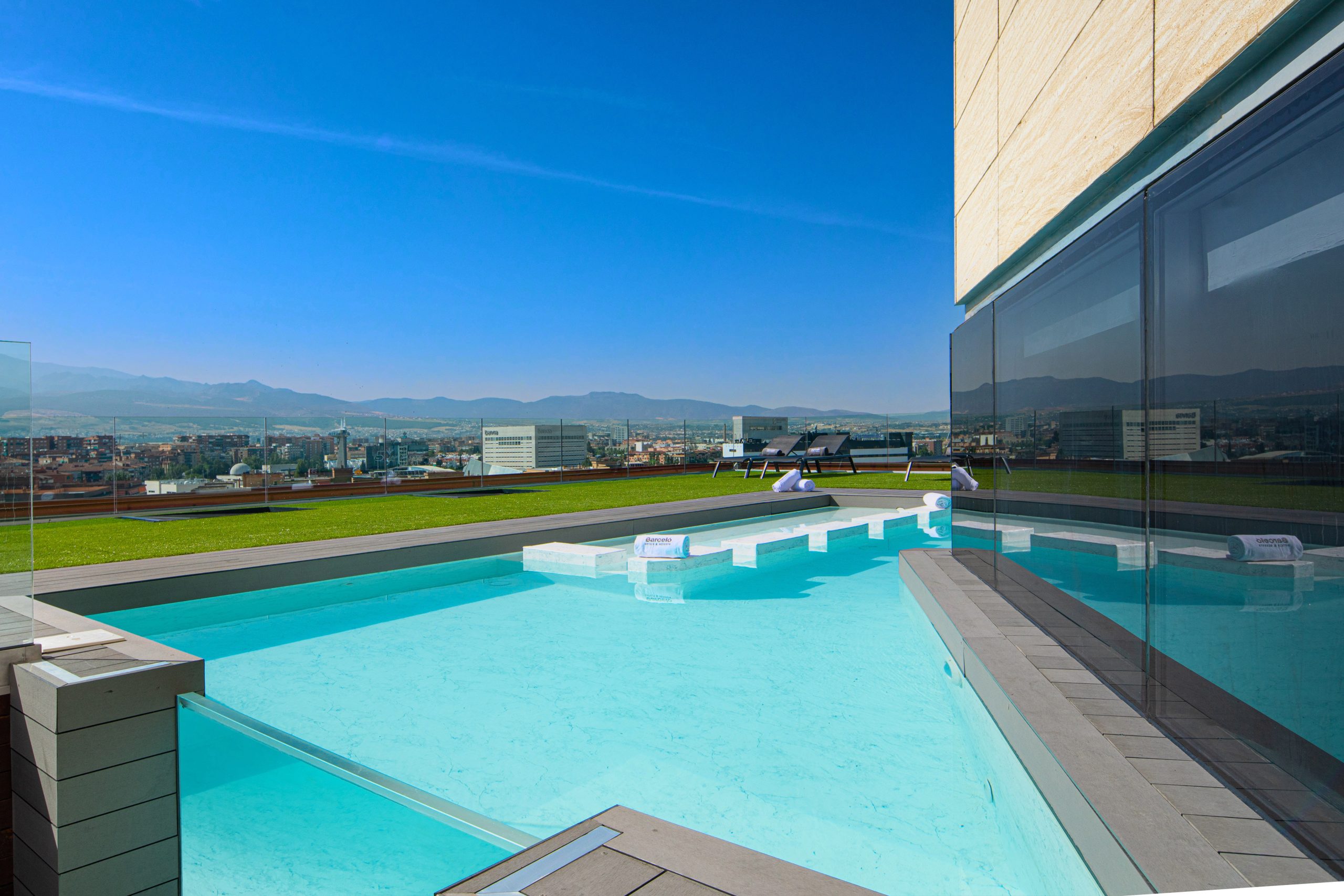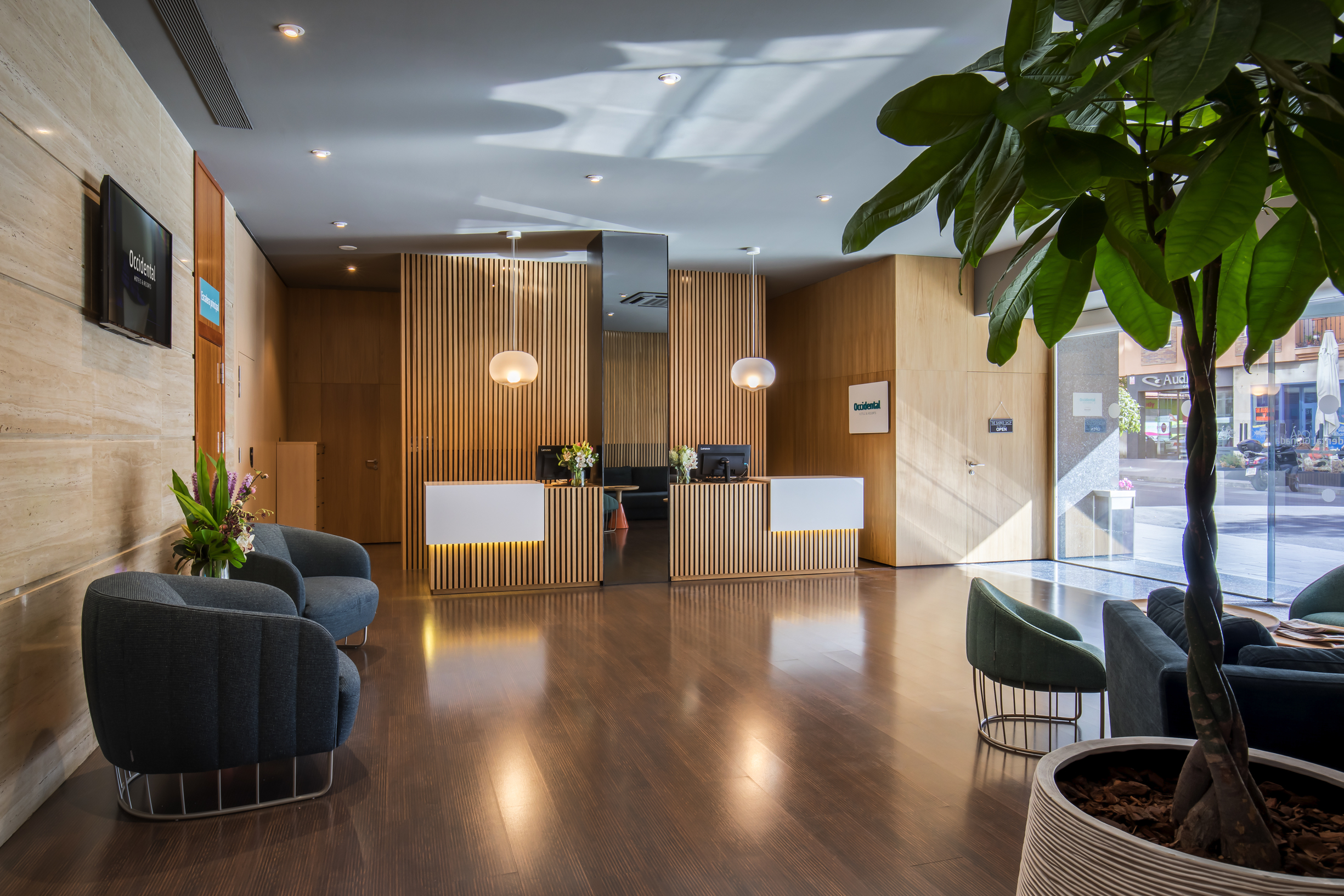Queen Isabella I of Castile spent the entire summer of 1504 suffering from illness in Medina del Campo. On the 13th of September, aware of her looming death, she signed a royal charter for the construction of a chapel in Granada where her remains would be laid to rest eternally alongside those of her husband King Ferdinand. As a result, between 1506 and 1517, the architect Enrique Egas built the Royal Chapel, which to date houses the graves of the Catholic Monarchs along with those of their daughter Joanna of Castile ‘the Mad’ and her husband, Philip I of Castile ‘the Handsome’, in accordance with Queen Isabella’s final royal order. However, this Late Gothic building is much more than the tomb of the monarchs: it marks the end of an era and the start of a new one, and its location confirms the city’s importance for Isabella I and Ferdinand II. Granada was the place where in 1492, the kingdoms of the Iberian Peninsula completed their unification and the integration of the modern state of Spain began. The Capitulations of Santa Fe that were signed in Granada by Christopher Columbus helped drive the Empire’s Atlantic expansion towards the New World. Ultimately, the Middle Ages ended in the Royal Chapel of Granada with the Catholic Monarchs, opening the door to the modern era.
The Royal Chapel, 500 years of history
The Catholic Monarchs were not buried in the Royal Chapel until 10 November 1521, when Emperor Charles V ordered for the remains of his grandparents—Isabella I had died in 1504 and Ferdinand II in 1516—to be solemnly transferred to the temple, according to their wishes. Up to that point, the bodies of the monarchs had rested at the Monastery of San Francisco in the Alhambra while work on the chapel was completed. Due to his love for Granada, Charles V decided to transform the resting place of the Catholic Monarchs into the family vault. Up to nine members of the royal family were buried in the Royal Chapel, although this changed when Philip II built the Royal Site of San Lorenzo de El Escorial and transferred the bodies of his mother, Isabella of Portugal; his first wife, Princess Maria; and two of his siblings who had died as children.
The Royal Chapel was designed to form part of the future Granada Cathedral, on which construction would not begin until 1523. This explains why the chapel is located between the Cathedral, the old fish market and the Church of Sagrario—four edifications built on the former site of the Great Mosque—, and shows only one façade. The plain walls contrast with the ornaments of the pinnacles, cresting, vaults and plateresque door to create the best example of the monument’s Late Gothic or Isabelline style, which is also evident in the interior decor that includes several Baroque sculptures.
Once inside, the figures of the Catholic Monarchs, carved into the impressive marble tomb made by the Florentine sculptor Domenico Fancelli, are the central elements. Ferdinand is dressed in military armour, with his hands resting on his sword, and Isabella is wearing a simple court dress that conveys her humility and honesty. Directly beside this monument is the more ornate tomb of Philip ‘the Handsome’ and the unfortunate Joanna ‘the Mad’, who lived 50 years longer than her husband, although that time was spent as a recluse in Tordesillas. The austere crypt below the mausoleums houses the lead coffins containing their remains, each recognizable by their initials. There is a smaller fifth casket belonging to Prince Miguel, the Catholic Kings’ grandson who died at the age of two in Granada.
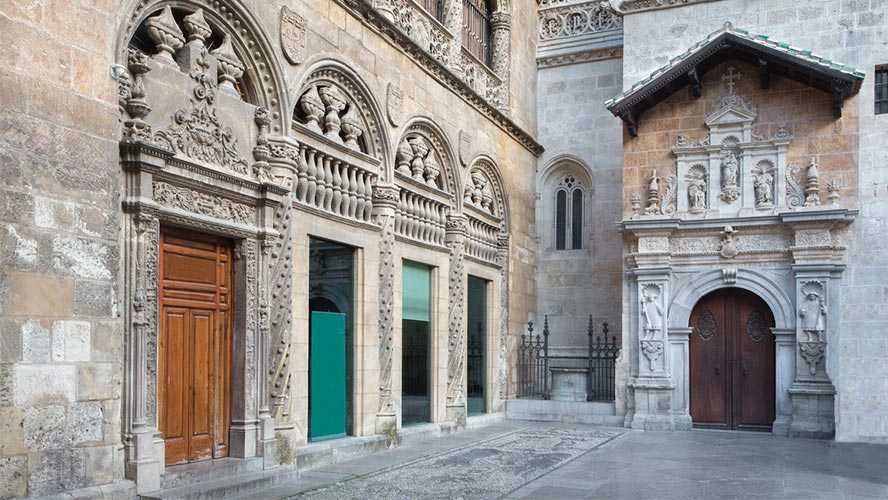
The royal tombs face the chapel’s high altar, created by Felipe Bigarny and believed to be one of the first plateresque altarpieces that was made in Spain. The tension between the rigid Gothic architecture and the rich, naturalist decoration reflects the era of transition of its construction, when the Renaissance style of the modern era replaced the Gothic trends from the Middle Ages. The iconography gives political and religious legitimacy to the Catholic Monarchs, who appear at the base of several reliefs that depict scenes of Granada’s conquest and, therefore, of territorial unity. Like a spiritual scale connecting the monarchs with heaven, the top sections contain saints and scenes of Jesus Christ’s life, and the attic tier features the image of the Holy Trinity. The repetitive use of a pomegranate (translated as ‘granada’ in Spanish) as a decorative motif on the altarpiece serves two symbolic purposes: on the one hand, it refers to the name of the city; and on the other, it is a traditional emblem of diversity integrated in unity, alluding to the Catholic Monarchs’ efforts to join the kingdoms throughout the peninsula under the concept of Spain.
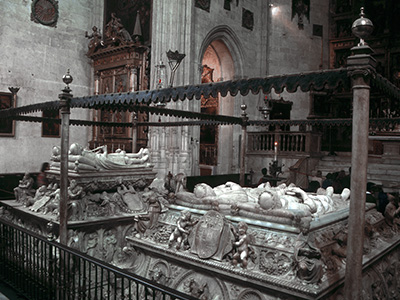
Also worth noting is the magnificent main fence that protects this space inside the Royal Chapel. Created by Bartolomé de Jaén, it is considered to be the most beautiful of 16th century Spain and consists of three levels presided by a large emblem of the Catholic Monarchs and their coat of arms: the yoke (Y for Ysabel) and arrows (translated as ‘flechas’ in Spanish, with F for Ferdinand).
Treasures inside the Sacristy-Museum: The legacy of the Catholic Monarchs
Before dying, Queen Isabella I expressed her desire to be buried alongside her husband and some of her most treasured belongings. This royal legacy is on display in the museum located in the sacristy next to the chapel and contains historic treasures such as the Queen’s crown, sceptre, jewellery box and mirror, and King Ferdinand’s sword. It is not uncommon for Hispanic-American visitors, or people from other regions that at one point formed part of the Spanish Empire, to revere these objects as important relics since they view the Catholic Monarchs as decisive in bringing to their countries the language, religion and culture that defined their recent history.
Also noteworthy are Queen Isabella’s Flemish wood panels mentioned in her will, including the famous triptych of the ‘Passion’ by Dieric Bouts. A number of Renaissance works by Spanish and Italian painters are also on display, such as ‘The Agony in the Garden’ by Botticelli.




































































